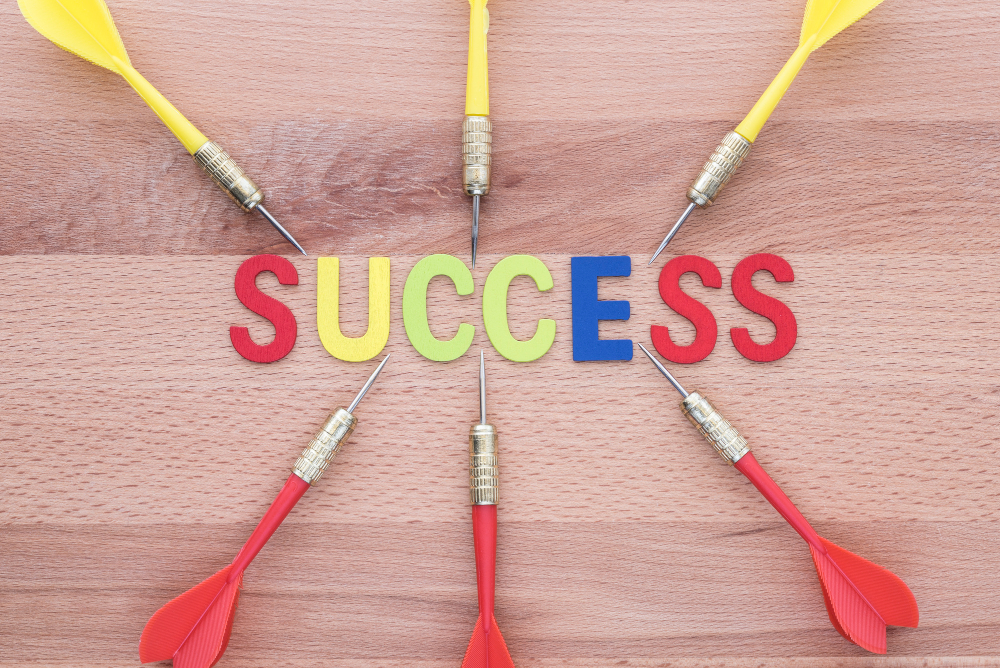Failure is not the end but a stepping stone towards success. In this article, we’ll explore the art of learning from failure, understanding its meaning, reaping its benefits, and providing practical steps and tips to transform setbacks into opportunities for growth.
What it means to learn from failure
Learning from failure goes beyond just acknowledging mistakes. It’s about gaining valuable insights on how to refine strategies and approaches for future attempts. Failure serves as a guide, revealing what doesn’t work and steering you towards more effective solutions. Whether it’s a small setback or a major challenge, treating it as a learning opportunity can lead to significant personal and professional development.
Benefits of learning from failure
Develops your resilience
Resilience is the cornerstone of overcoming adversity. Embracing failure as a learning process enables you to adapt, fostering a growth mindset and the determination to navigate through challenges successfully.
Motivates you to do better
Failure acts as a motivator, pushing you to work harder towards your goals. Each setback becomes a chance to refine your approach, ensuring continuous improvement and eventual success.
Encourages flexibility
Flexibility is a key takeaway from failure. It teaches you to adapt your strategies to unforeseen circumstances, turning setbacks into opportunities for innovation and positive change.
Facilitates creativity
Failure sparks creativity by forcing you to find alternative solutions. For instance, a rejected draft can inspire a more refined and creative second attempt, showcasing the power of learning through trial and error.
Helps you gain experience
Practical experience is a direct outcome of failure. The lessons learned from each setback contribute to a deeper understanding of tasks and objectives, ultimately enhancing your skills and expertise.
6 steps for learning from failure
1. Ignore negativity
A positive mindset is crucial when learning from failure. Shift your focus from the setback itself to the lessons gained, maintaining the energy and motivation needed for future attempts.
2. Understand that failure is acceptable
Acceptance is the first step to recovery. Realize that failure is a part of the success journey, and by embracing it, you set the stage for continuous improvement and eventual triumph.
3. Leverage failure
Transform failure into a platform for growth. Identify the challenges, seek guidance if needed, and devise strategies to overcome obstacles in future attempts.
4. Re-evaluate your goals
Ensure your goals align with the SMART criteria – Specific, Measurable, Achievable, Relevant, and Time-bound. This evaluation reduces the chances of failure by setting realistic and well-defined objectives.
5. Create an action plan
Craft a detailed action plan outlining the steps to achieve your goals. Include preventive measures to minimize the risk of failure, providing a structured path towards success.
Tips for learning from failure
Be persistent
Persistence is key. Break down larger goals into smaller, achievable tasks to make the process more manageable. For example, if writing a book, set weekly word count objectives to progress towards your goal steadily.
Develop your mental fitness
Build mental strength to bounce back from failure. Treat it as a learning process, identifying skills to develop during setbacks. Increased mental fitness prepares you to handle failures with resilience.
Filter your goals
Not every idea is worth pursuing. Carefully consider your goals, seek advice, and revisit them after some time for a fresh perspective. This approach helps in focusing efforts on feasible and meaningful objectives.
Adopt a growth mindset
Embrace a growth mindset that believes in continuous personal development. Be open to change, constructive criticism, and feedback, using them to enhance your skills and increase your chances of success.
Conclusion
Learning from failure is a transformative process that turns setbacks into opportunities for growth. By adopting a positive mindset, understanding the acceptable nature of failure, and leveraging it for improvement, you can navigate challenges with resilience, motivation, and creativity. Embrace failure as a stepping stone, and success will inevitably follow.
FAQs
Is failure always a bad thing?
Emphatically no! Failure is a natural part of the journey towards success, providing valuable lessons and insights.
How can I stay motivated after a major failure?
Break down your goals, focus on small achievements, and use each setback as a learning opportunity to fuel your determination.
What if I can’t identify the cause of my failure?
Seek guidance from mentors, friends, or family. External perspectives can shed light on areas for improvement.
Are all goals worth pursuing, or should some be abandoned?
Not every goal is equally valuable. Carefully evaluate your objectives and invest your efforts in those that align with your long-term vision.
How can a growth mindset help in learning from failure?
A growth mindset fosters a belief in continuous development, making you more receptive to feedback and open to refining your approach after each failure.
